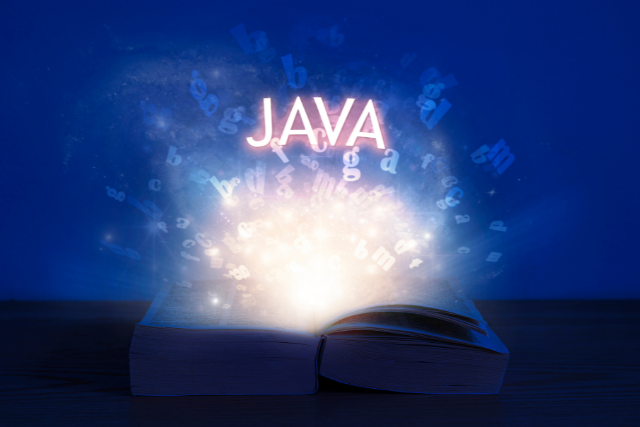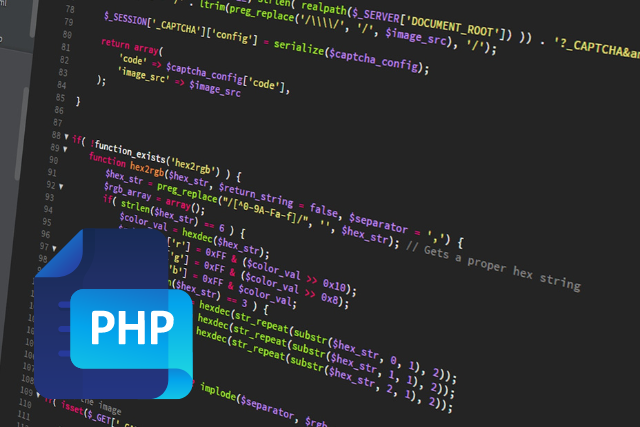Module-1
- What is embedded systems programming?
- Embedded systems programming is the process of writing software for microprocessors and microcontrollers that control devices or systems with a dedicated function.
- What is the difference between a microprocessor and a microcontroller?
- A microprocessor is a integrated circuit that contains a CPU, memory, and other components, whereas a microcontroller is a small computer on a single integrated circuit that includes a processor, memory, and input/output interfaces.
- What are the main components of an embedded system?
- The main components of an embedded system are a microcontroller or microprocessor, memory, and input/output interfaces.
- What is the difference between volatile and non-volatile memory?
- Volatile memory is temporary storage that loses its data when power is removed, while non-volatile memory is permanent storage that retains its data even when power is removed.
- How do you debug an embedded system?
- Debugging an embedded system can be done using a variety of methods such as using a debugger, printf statements, and oscilloscopes to track and analyze the system’s performance.
- What is an ISR (Interrupt Service Routine)?
- An ISR is a function that is executed by a microcontroller when an interrupt signal is received.
- What is the purpose of a watchdog timer in an embedded system?
- A watchdog timer is used to reset the system in case it becomes unresponsive. The watchdog timer monitors the system and triggers a reset if it stops functioning.
- What is the difference between a real-time system and a general-purpose system?
- A real-time system is designed to perform a specific task within a specific period of time, whereas a general-purpose system is not bound by any specific timing constraints.
- What is the difference between a preemptive and non-preemptive scheduler?
- A preemptive scheduler interrupts the current task to switch to another task, while a non-preemptive scheduler only switches tasks when the current task is completed.
- What is the role of a bootloader in an embedded system?
- A bootloader is a small program that is executed when the system is powered on. It is responsible for loading the operating system or main program into memory.
- What is the purpose of a memory-mapped I/O?
- Memory-mapped I/O is a technique for accessing I/O devices by treating them as memory addresses rather than separate I/O addresses.
- What is a DMA (Direct Memory Access)?
- DMA is a technique that allows peripheral devices to access memory directly, bypassing the CPU, to speed up data transfer.
- What is an RTOS (Real-time Operating System)?
- An RTOS is a specialized operating system that is designed to handle real-time tasks with predictable timing constraints.
- What are the benefits of using an RTOS in an embedded system?
- Using an RTOS in an embedded system can provide benefits such as real-time performance, predictable timing, and efficient use of system resources.
- What is the difference between a busy-waiting and a blocking delay?
- A busy-waiting delay is a delay where the processor is actively waiting for a specified time period to pass, while a blocking delay is a delay where the processor is put into a low-power state for a specified time period.
- What is a task in the context of an RTOS?
- A task in the context of an RTOS is a unit of work that is managed by the operating system’s scheduler. It typically contains a loop that repeatedly executes a specific set of instructions.
- What is the difference between a mutex and a semaphore?
- A mutex is a synchronization object that allows only one task to access a shared resource at a time, while a semaphore is a synchronization object that allows multiple tasks to access a shared resource at a time, but with a limited count.
- What is the difference between an embedded system and a standalone system?
- An embedded system is a system that is integrated into a larger system or device, while a standalone system is a independent system that is not integrated into any larger system or device.
- What is the difference between a hard real-time system and a soft real-time system?
- A hard real-time system is a system where missing a deadline can have severe consequences, while a soft real-time system is a system where missing a deadline may not have severe consequences.
- What is the difference between a microcontroller and a SoC (System on Chip)?
- A microcontroller is a small computer on a single integrated circuit that includes a processor, memory, and input/output interfaces, while a SoC is a integrated circuit that contains multiple components including processor, memory, and various peripheral, they are often used in embedded systems as well as mobile and IoT devices.
Module-2
- What is the difference between a microcontroller and a FPGA (Field-Programmable Gate Array)?
- A microcontroller is a small computer on a single integrated circuit that includes a processor, memory, and input/output interfaces, while a FPGA is a programmable logic device that can be configured to perform a variety of digital functions and can be reprogrammed as needed.
- What is the difference between a stack and a heap?
- A stack is a region of memory that stores data in a Last In First Out (LIFO) order, and is typically used for function call and local variables. A heap is a region of memory that is dynamically allocated during runtime and can be used to store dynamic data structures.
- What is the difference between a signed and unsigned integer?
- A signed integer can represent both positive and negative numbers, while an unsigned integer can only represent positive numbers or zero.
- What is the purpose of a linker in an embedded system?
- A linker is a program that combines object files and resolves symbol references to create a single executable image.
- How do you optimize the code for an embedded system?
- Code optimization for embedded systems can include techniques such as reducing memory usage, reducing instruction count, and reducing clock cycles.
- What is the difference between a firmware and a software?
- Firmware is software that is written specifically for a hardware device and is integrated into that device, while software is written to run on a general-purpose computer.
- What is the purpose of a bootloader in an embedded system?
- A bootloader is a small program that is executed when the system is powered on. It is responsible for loading the operating system or main program into memory.
- How does multi-tasking work in an RTOS?
- Multi-tasking in an RTOS is achieved through the use of a scheduler, which assigns processing time to multiple tasks in a predetermined order.
- What is the difference between a polling and an interrupt-based system?
- A polling-based system constantly checks the status of a device to see if it requires servicing, while an interrupt-based system relies on the device to signal when it requires servicing.
- What is the difference between a hard and a soft real-time system?
- A hard real-time system is a system where missing a deadline can have severe consequences, while a soft real-time system is a system where missing a deadline may not have severe consequences.
- What is the purpose of a memory barrier instruction in embedded systems?
- A memory barrier instruction is used to ensure that certain memory operations have completed before allowing other memory operations to proceed, it prevent data dependency issue in multi-core or multi-thread systems.
- What is a UART (Universal Asynchronous Receiver/Transmitter)?
- A UART is a hardware device that converts parallel data from a microcontroller into a serial data stream that can be transmitted over a communication channel.
- What is the purpose of a register in an embedded system?
- Registers are small, fast memory locations within a microcontroller that can be used to hold data or control information.
- What is the difference between ROM and RAM in embedded systems?
- ROM (Read-Only Memory) is non-volatile memory that retains its contents even when power is removed, and is used for storage of permanent data and instructions. RAM (Random Access Memory) is volatile memory that loses its contents when power is removed, and is used for temporary storage of data and instructions.
15. What is the purpose of an ADC (Analog-to-Digital Converter) in an embedded system?
- An ADC is a hardware device that converts an analog signal to a digital representation, which can then be processed by a microcontroller or computer.
- What is a real-time clock (RTC) in an embedded system?
- A real-time clock (RTC) is a hardware device that keeps track of the current time and date, and can be used to schedule events or trigger actions within an embedded system.
- What is the purpose of a watchdog timer in an embedded system?
- A watchdog timer is used to reset the system in case it becomes unresponsive. The watchdog timer monitors the system and triggers a reset if it stops functioning.
- What is the difference between a synchronous and an asynchronous communication?
- Synchronous communication requires that both devices are synchronized and operate at the same rate, while asynchronous communication does not require devices to be synchronized and can operate at different rates.
- What is the purpose of a DMA (Direct Memory Access) controller in an embedded system?
- A DMA controller allows peripheral devices to transfer data directly to or from memory without involving the CPU, which can improve system performance by reducing CPU load.
- What is a protocol in the context of embedded systems?
- A protocol is a set of rules that govern how devices communicate with each other. It defines the format of the data being transmitted, the signaling methods, and the error-handling mechanisms.







